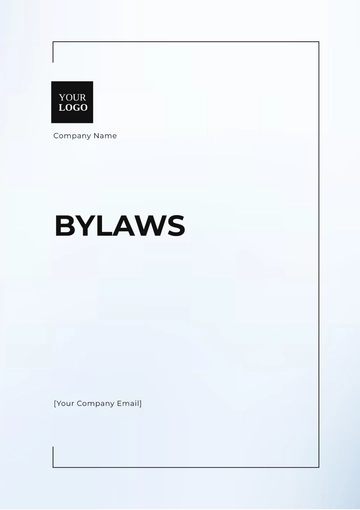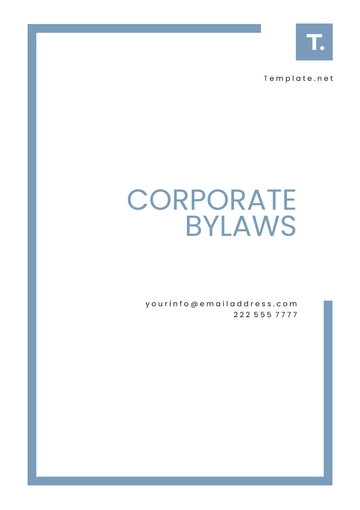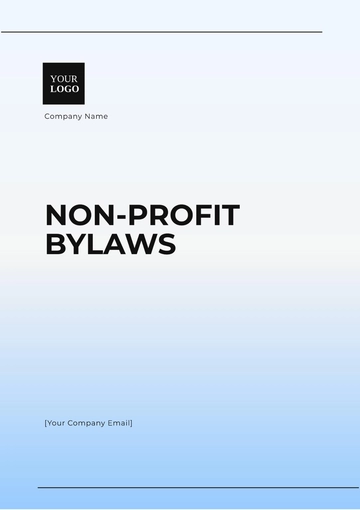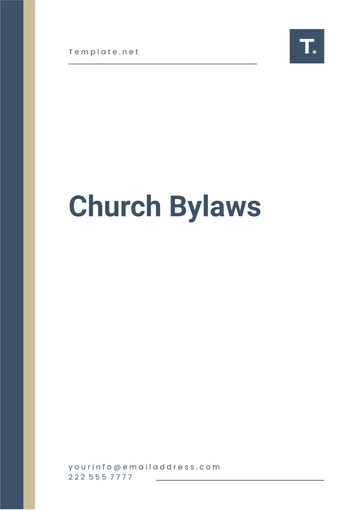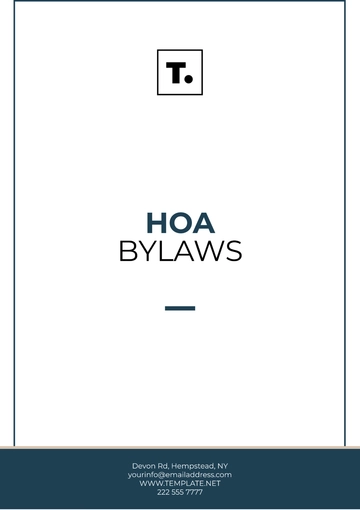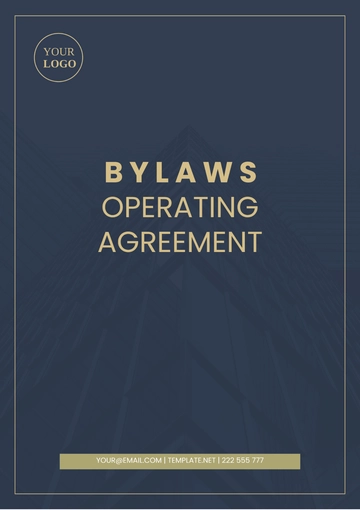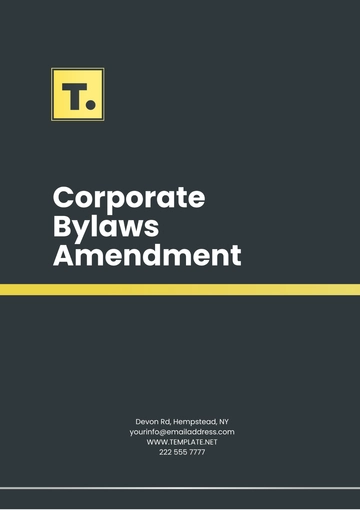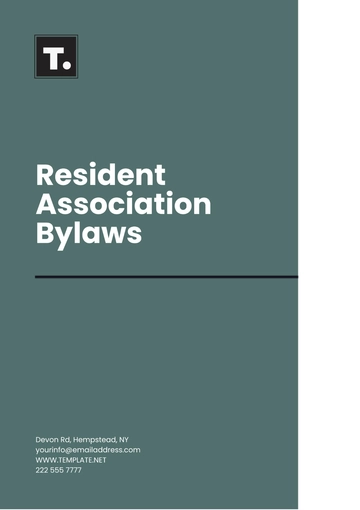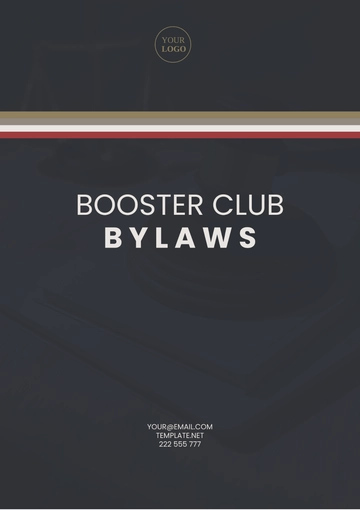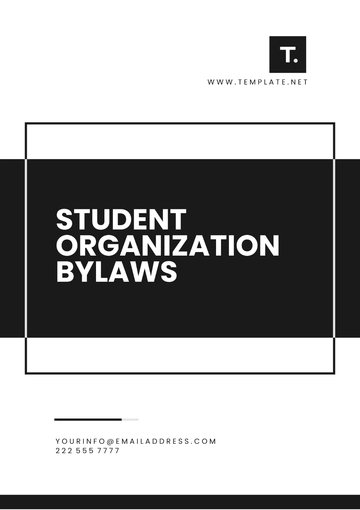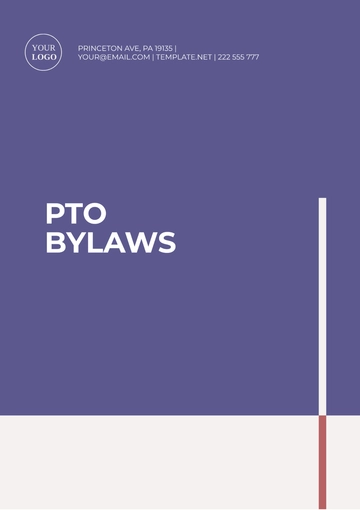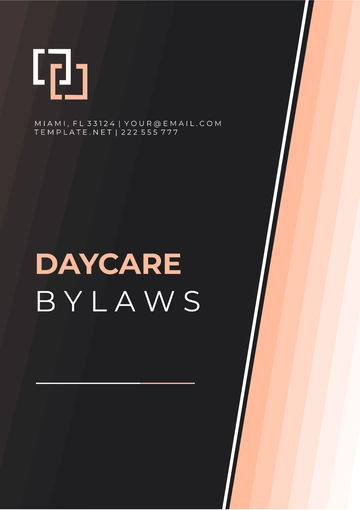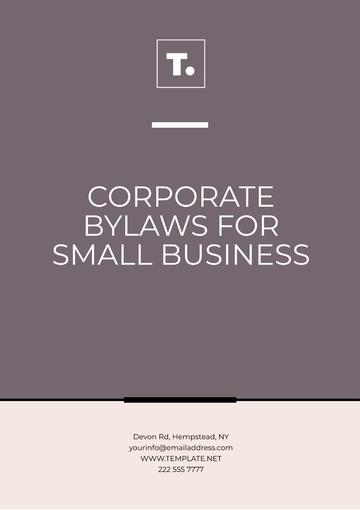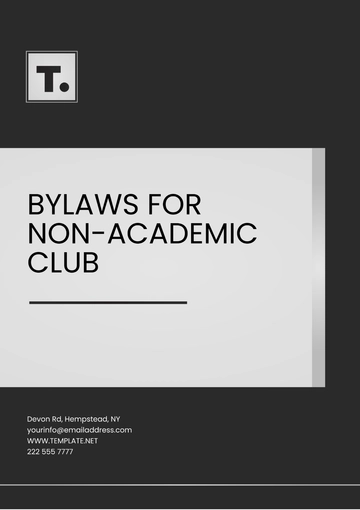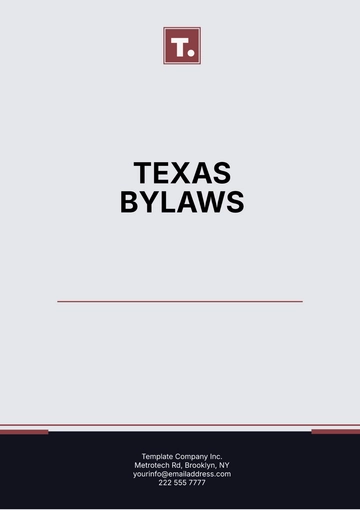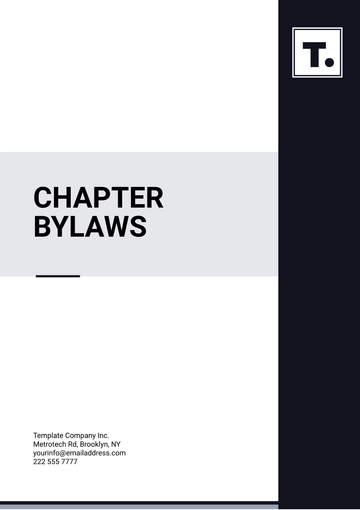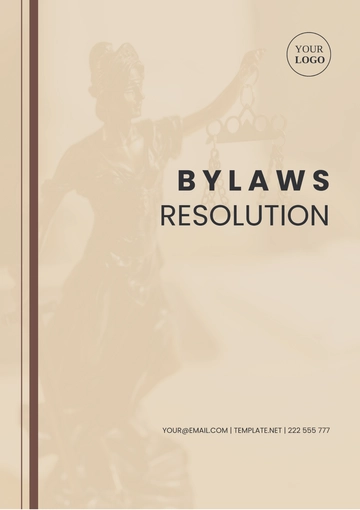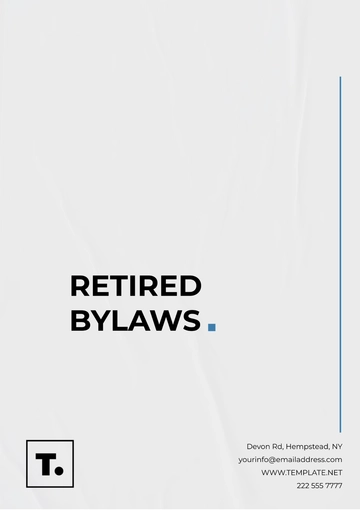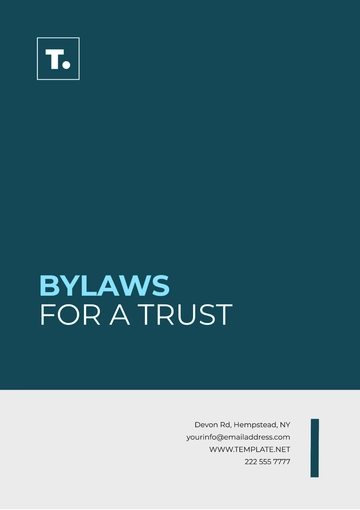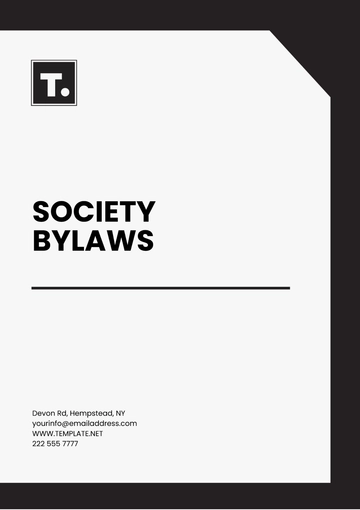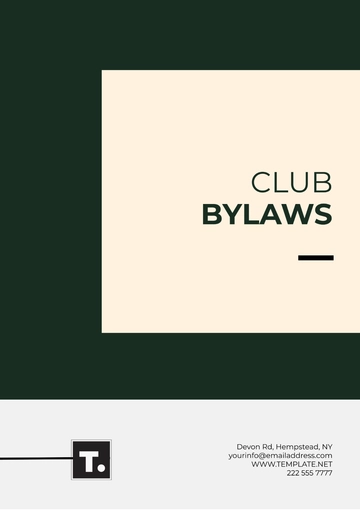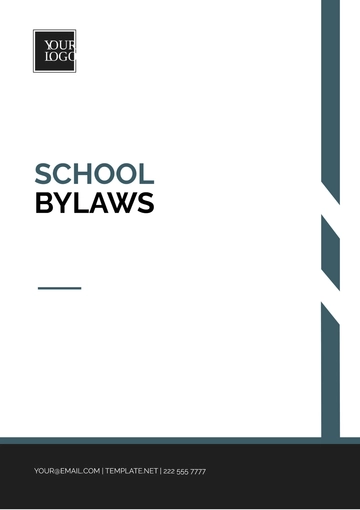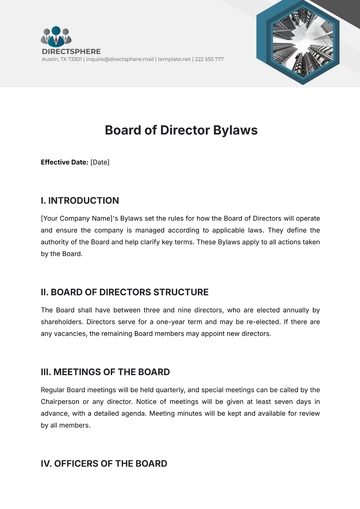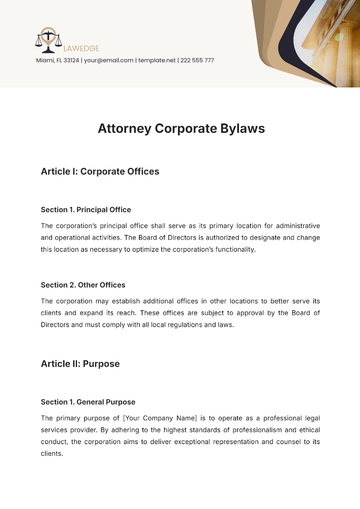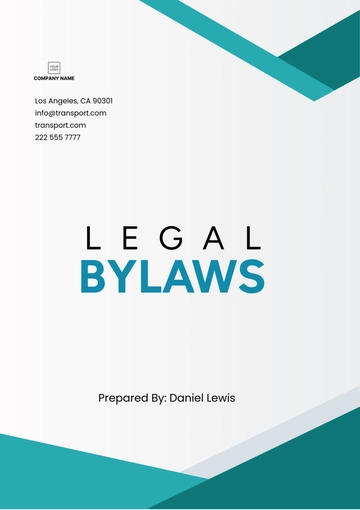Free Calgary Bylaws
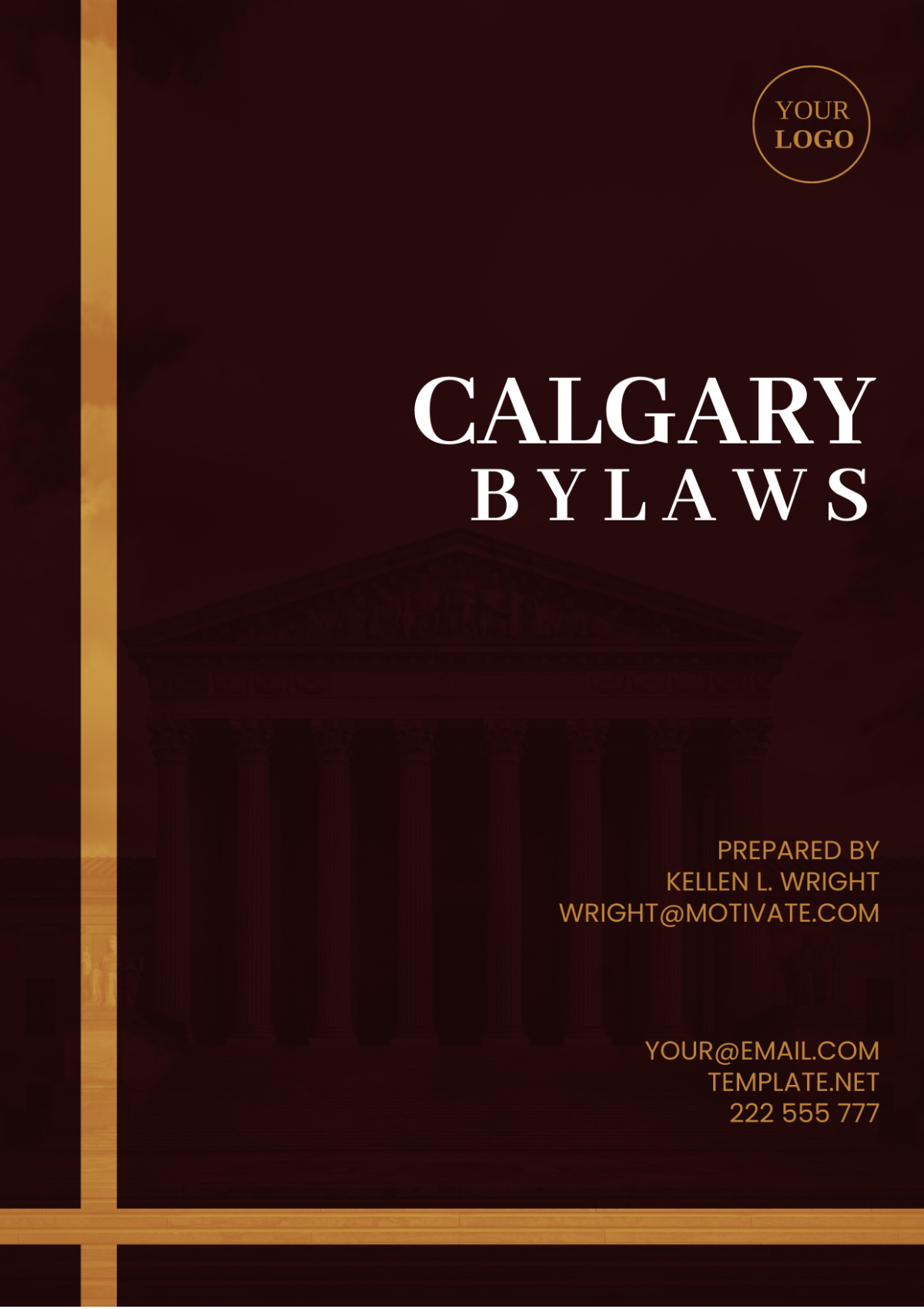
Article 1: General Provisions
1.1 Title: The particular regulation that we are discussing will be recognized, referred to, and officially cited under the title of "Calgary Municipal Bylaws".
1.2 Purpose: The purpose of these bylaws is to establish regulations for public safety, land use, zoning, business activities, and community welfare within the city of Calgary.
1.3 Scope: These bylaws, as specified herein, are deemed effective and mandatory to be followed by all residents residing in Calgary, every business operation taking place, and all property situated within the municipal boundaries of Calgary.
Article 2: Public Safety
2.1 Fire Safety: Regulations about fire prevention, safety equipment, and emergency response protocols within residential, commercial, and industrial buildings.
2.1.1 Fire Prevention Regulations:
Implementing measures to reduce the risk of fires, such as proper storage of flammable materials and regular maintenance of electrical systems.
Conducting inspections to ensure compliance with fire safety standards, including building codes and regulations specific to residential, commercial, and industrial settings.
Educating occupants about fire prevention best practices and providing resources for implementing safety measures.
2.1.2 Safety Equipment Requirements:
Mandating the installation and maintenance of fire detection and suppression systems, such as smoke alarms, fire extinguishers, sprinkler systems, and fire hoses.
Specifying the types of safety equipment required based on building occupancy and size, ensuring adequate protection for occupants in case of a fire emergency.
Regularly testing and servicing safety equipment to ensure proper functionality and readiness for use during emergencies.
2.1.3 Emergency Response Protocols:
Establishing protocols for evacuating occupants safely in the event of a fire, including designated evacuation routes and assembly points.
Conducting regular drills and training sessions to familiarize occupants with emergency procedures and ensure swift and orderly evacuations.
Coordinating with local fire departments and emergency responders to develop effective response plans and facilitate timely assistance during fire incidents.
2.2 Traffic Safety: Rules governing traffic flow, parking regulations, speed limits, and pedestrian safety measures on roads and sidewalks.
2.2.1 Traffic Flow Regulations:
Defines rules and guidelines for the orderly movement of vehicles on roads, including lane usage, right of way, and traffic signal adherence.
Addresses issues such as merging, yielding, and overtaking to ensure smooth traffic flow and minimize congestion.
May include specific instructions for different types of roads, intersections, and traffic conditions.
2.2.2 Parking Regulations:
Specifies areas designated for parking and outlines rules regarding parking duration, permitted vehicles, and enforcement measures.
Establishes guidelines for parking in public spaces, residential areas, and commercial zones to optimize space utilization and prevent obstruction.
May include provisions for handicapped parking, loading zones, and permit requirements.
2.2.3 Safety Measures for Pedestrians and Cyclists:
Encompasses regulations aimed at protecting pedestrians and cyclists from accidents and injuries on sidewalks, crosswalks, and bike lanes.
Addresses factors such as visibility, signage, and infrastructure design to enhance safety for vulnerable road users.
May involve speed limit adjustments, installation of traffic calming devices, and education campaigns to promote pedestrian and cyclist awareness.
Article 3: Land Use and Zoning
3.1 Zoning Regulations: Classification of land use zones, permissible activities within each zone, and procedures for rezoning applications.
3.1.2 Zoning Regulations outline the classification of land into different use zones, define permissible activities within each designated zone, and establish clear procedures for handling rezoning applications to ensure compliance with urban planning objectives.
3.1.2 Within Zoning Regulations, the land is categorized into distinct use zones, delineating allowable activities within each zone and providing a framework for rezoning requests, thereby facilitating controlled development and land management within communities.
3.1.3 Zoning Regulations establish the framework for land use planning by defining various zones with specific permitted activities, and by laying out procedures for evaluating and processing rezoning applications, thus promoting orderly growth and development while preserving the integrity of different urban and rural areas.
3.2 Development Permits: The prerequisites that must be fulfilled and the processes that must be followed for the acquisition of permits for the construction, renovation, or demolition of buildings and structures.
Article 4: Business Activities
4.1 Business Licensing: Procedures and criteria for obtaining licenses for operating various types of businesses within the city.
4.1.1 Documentation Required:
List the documents applicants need to provide when applying for a business license, such as identification, proof of address, business plan, and any relevant certifications.
4.1.2 Fees and Payment Methods:
Specify the fees associated with obtaining a business license and the accepted payment methods, such as online payments, checks, or in-person payments.
4.1.3 Review and Approval Process:
Describe how applications are reviewed and approved, including any inspections or evaluations conducted by relevant city departments or agencies.
4.1.4 Compliance and Inspections:
Explain the responsibilities of license holders to maintain compliance with city regulations and the potential for inspections to ensure ongoing adherence to licensing criteria.
4.1.5 Appeals Process:
Provide information on the procedure for appealing a license denial or revocation, including any forms to be submitted and deadlines for filing appeals.
4.2 Health and Sanitation: Businesses are subject to regulations concerning hygiene standards, appropriate methods for waste disposal, and best practices for handling food.
Article 5: Community Welfare
5.1 Noise Control: There are restrictions in place controlling the levels of noise within both residential and commercial zones during specific hours. These restrictions are enforced to ensure that peace and tranquility are maintained throughout the community.
5.2 Public Health: There are measures in place for the prevention of disease and for maintaining sanitation standards. These measures also include regulations that govern public facilities like parks and recreational areas.
Article 6: Property Maintenance
6.1 Building Codes: Compliance with building codes and standards to ensure structural integrity and safety of buildings and properties.
6.2 Exterior Maintenance: Requirements for maintaining the appearance and upkeep of properties, including landscaping, fencing, and signage.
Article 7: Environmental Protection
7.1 Waste Management: The guidelines for waste disposal are outlined, along with recycling programs, and there are also initiatives set in place to promote environmental sustainability.
7.1.1 Waste disposal guidelines: Clearly outlined to ensure proper handling and management of waste materials.
7.1.2 Recycling programs: Implemented to encourage recycling and reduce the amount of waste sent to landfills.
7.1.3 Environmental sustainability initiatives: Various programs and efforts aimed at promoting practices that are environmentally friendly and contribute to long-term sustainability.
7.2 Conservation Areas: The enforcement of measures that serve to protect and conserve natural habitats, areas designated as green spaces, and those identified as specific conservation areas inside the city is of paramount importance.
Article 8: Enforcement and Penalties
8.1 Enforcement Authority: Designation of municipal authorities responsible for enforcing these bylaws and investigating violations.
8.2 Penalties: Fines, penalties, and legal consequences for non-compliance with the provisions outlined in the Calgary Municipal Bylaws.
8.2.1 Fines: Monetary penalties imposed as a consequence of failing to comply with the regulations stipulated in the Calgary Municipal Bylaws.
8.2.2 Penalties: Various punitive measures are enforced upon individuals or entities found in breach of the provisions outlined within the Calgary Municipal Bylaws.
8.2.3 Legal Consequences: Legal actions or repercussions incurred due to non-compliance with the regulations outlined in the Calgary Municipal Bylaws.
8.2.3 Enforcement Measures: Mechanisms put in place to ensure adherence to the rules and regulations specified within the Calgary Municipal Bylaws, including fines and penalties.
8.2.4 Regulatory Compliance: The obligation to conform to the standards and requirements established in the Calgary Municipal Bylaws to avoid facing penalties and legal ramifications.
Article 9: Appeals and Variances
9.1 Appeal Process: The procedures that are to be followed when appealing the decisions made by municipal authorities concerning the issuance or denial of permits, the approval or disapproval of licenses, or the execution of enforcement actions are as follows.
9.2 Variances: Conditions under which variances may be granted for deviations from the regulations outlined in the bylaws.
Article 10: Amendments and Revisions
10.1 Amendments: Process for amending or revising the Calgary Municipal Bylaws in response to changing circumstances, legislative requirements, or community needs.
10.2 Public Consultation: Requirement for public consultation and input before making significant amendments or revisions to the bylaws.
- 100% Customizable, free editor
- Access 1 Million+ Templates, photo’s & graphics
- Download or share as a template
- Click and replace photos, graphics, text, backgrounds
- Resize, crop, AI write & more
- Access advanced editor
Introducing the Calgary Bylaws Template from Template.net – your ultimate solution for streamlined regulation compliance. This editable and customizable template is designed to meet your specific needs, ensuring ease and efficiency. Crafted with precision and editable in our Ai Editor Tool, it's your go-to resource for seamless bylaw management. Unlock efficiency and precision today.
